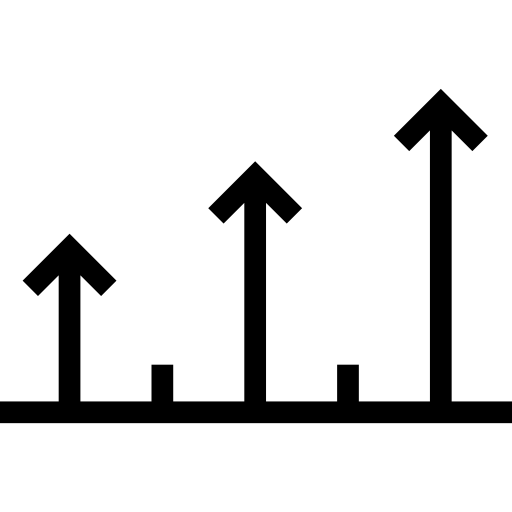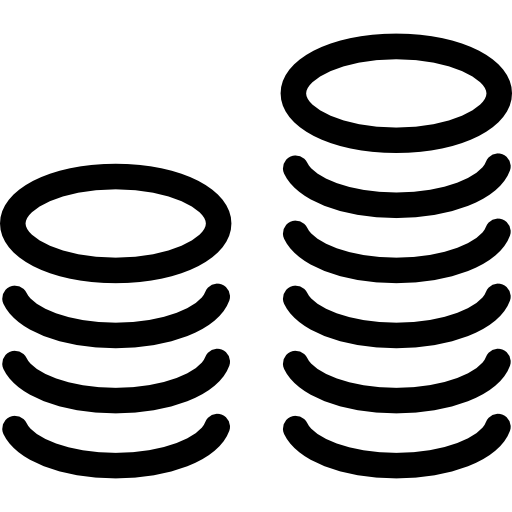
Starting date: Jan. 2016 > Jun. 2019 Lifetime:42 months

Program in support : ERC Consolidator grant

Status project: complete

CEA-Leti's contact: Elisa Vianello

Project Coordinator: CEA-Leti
Partners: - Imec (BE)
- IBM Zurich, UZH Switzerland (CH)
- IMSE (ES)
- JACU (GER)
- ST Microelectronics (FR)
- CNR (FR)
- Stichting IMEC (NL)

Target market: n/a

Publications 1] D. R. B. Ly et al., IEEE IEDM 2019 Tech. Dig., 10.1109/ IEDM.2018.8614603. CEA-Leti. [2] T. Dalgaty et al., APL Materials 7, 081125 (2019); https:// doi.org/10.1063/1.5108663. CEA-Leti/UZH. [3] A. Valentian et al., IEEE IEDM 2019 Tech. Dig., 10.1109/
IEDM19573.2019.8993431. CEA-Leti.

Investment: € 4.1 m.
EC Contribution: € 3.2 m.

| Stakes
CEA-Leti has designed and fabricated of a resistive memory-based Content Addressable Memory (CAM) [2]. The proposed CAM cell was largely insensitive to the resistive memory resistance ratio and variability. This circuit allows routing implementation (i.e. sending spikes among neurons) in reconfigurable neuromorphic hardware. This solution offers a smaller area requirement (2 transistors and 2 resistive memories) than conventional solutions (12 transistors) and it is non-volatile (no static power consumption).
NeuRAM3 has developed complementary technologies that address the full spectrum of applications from mobile/autonomous objects to high performance computing co-processing, by developing, (1) a technology to implement on-chip learning using native adaptive characteristics of electronic synaptic elements and, (2) a scalable platform to interconnect multiple neuromorphic processor chips for building large neural processing systems.
The neuromorphic computing system has been developed in conjunction with advanced neural algorithms and computational architectures for online adaptation, learning and high-throughput on-line signal processing. This delivers: > An ultra-low power, massively parallel, non-Von Neumann, computing platform with non-volatile nano-scale devices that support on-line learning mechanisms > A programming toolbox of algorithms and data structures tailored to the physical architecture’s specific constraints and opportunities > An array of fundamental application demonstrations materializing the basic classes of signal processing tasks. The neural chip validates the concept and represents an important first step towards developing a European technology platform spanning ultra-low power data processing in autonomous systems (Internet of Things) to energy-efficient large data processingin servers and networks.
- A new EU ICT RIA project (#871371) to advance the NeuRAM3 outcomes has been approved and was started in January 2020. This focuses onmemory technologies with multi-scale time constants for neuromorphic architectures (MeM-Scales).
|
|